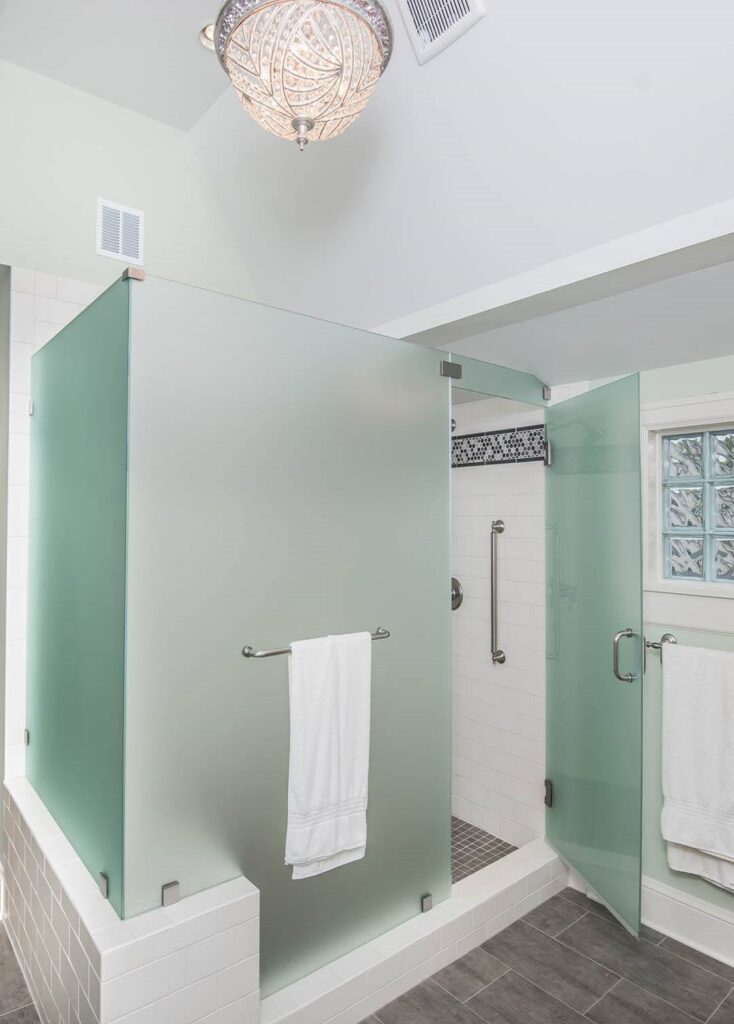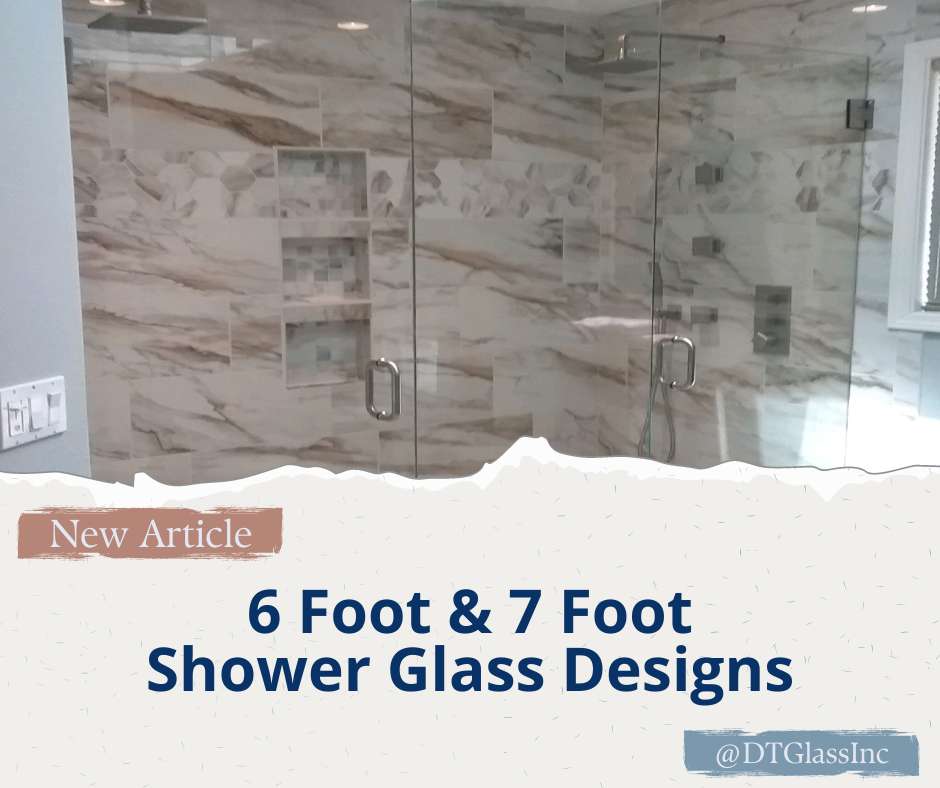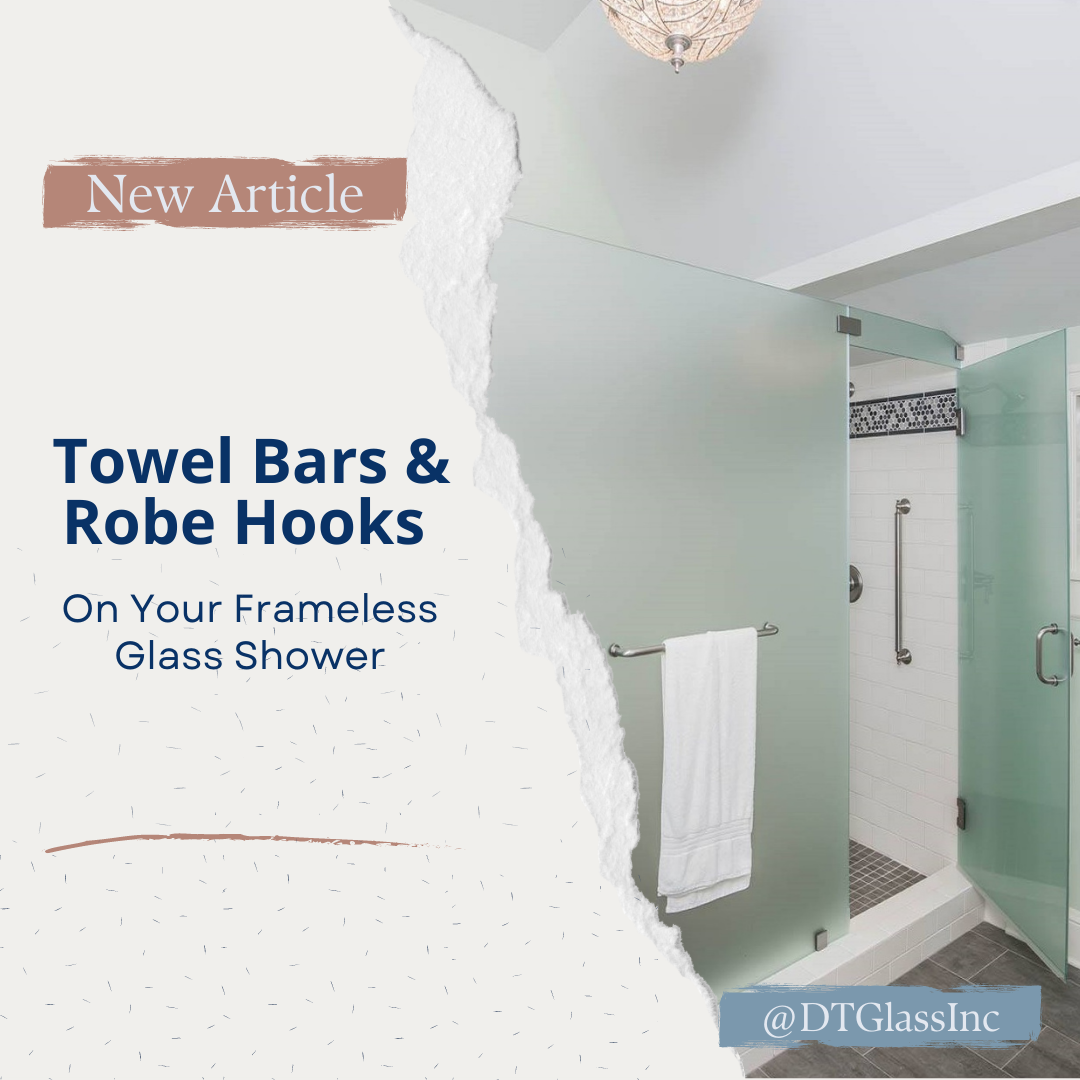
- glass@dtglassinc.com
- (503)-650-6373
TOWEL BARS AND ROBE HOOK ON YOUR FRAMELESS GLASS SHOWER
By Shannon Mckinney – DT Glass, Inc.
Through-glass towel bars and robe hooks can be a great help when you need a place to keep your towel and you have more glass space than wall space.
Towel bars on glass panels – Heavy glass is thick enough to support a towel bar that’s installed through the glass. We have access to a variety of styles that are specifically designed for use on glass. The special plastic washers and spacers keep the hardware from creating pressure points that could otherwise cause damage to the glass. Towel bars come in a variety of sizes. We usually recommend a size that will allow for at least 3” of glass on either side of the bar.
Only use towel bars that are designed to be installed on glass. Wall mounted towel bars are not appropriate.
Choose a size that allows for at least 3” between the hole in the glass and the edge of the glass.
Do not use a through-glass towel bar as a grab bar, it cannot withstand the weight of a falling adult. For this reason, we recommend installing a one-sided towel bar on the outside only.
With those cautions in mind, there are lots of choices in various designs and finishes.

Towel bars on swing doors – Our recommendation: Don’t do it! When you create a protrusion on the outside of the door, it’s likely to run into a wall or other panel as the door swings open. The closer the towel bar is to the hinge point of the door the more likely it is to make impact and reduce the door opening. It’s true that the handle itself protrudes from the door, but the handle location is far from the hinge side of the door, meaning that the door has to be opened to it’s maximum swing before the handle comes in contact with a wall.
Towel bars on the wall behind where the door swings open can also be problematic. If the towel bar protrudes from the wall too far, or if the towel bar is too close to the hinge point of the door, the door can run into the towel bar before it fully opens.
Changing the door swing to make room for a towel bar – If you find it necessary to put a towel bar on a swing door, or on the wall behind a swing door, then consider rearranging the door hinge location.
A small panel placed between the wall and the door hinge will create space for a towel bar.
Hinging the door so that the handle side is next to the wall will allow the door to swing away from the wall instead of toward it.
Note: both of these configurations result in added hardware and added cost.
Robe Hooks – Through glass robe hooks are a great alternative to a towel bar, especially when there’s not a lot of space on the glass. It’s also a nice alternative if you hate the idea of ruining the look of a beautiful glass shower by hanging a towel on it. We recommend a robe hook height that is about 5”-10” taller than the height of the user, and a minimum of 10” from the edge of the panel to avoid getting the towel stuck in the door. Robe hooks must be designed for installation on glass. We love the design options available through Portals Hardware.
One more idea – If there’s not a lot of space available for a towel bar, or the space available is far away from the shower, consider choosing a door pull that can hold a towel. A ladder-pull style handle can hold a towel draped over the top of it. Just hang the towel from the handle while you’re showering, and it won’t matter where it’s stored the rest of the time.
Sometimes the smallest details have a big impact on how much you enjoy using your shower day-to-day and year-after-year. At DT Glass we help homeowners, designers, and contractors evaluate design details both big and small.





























